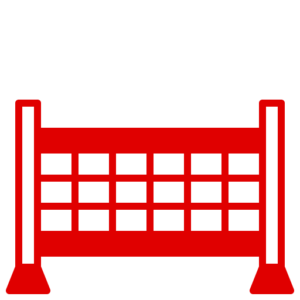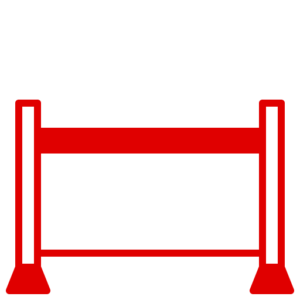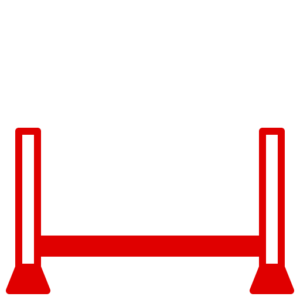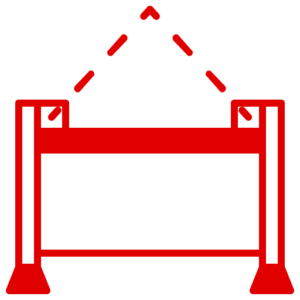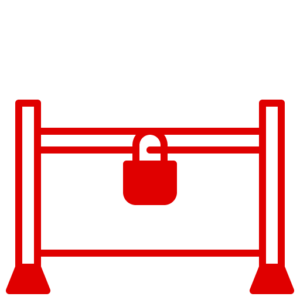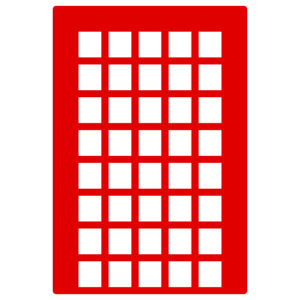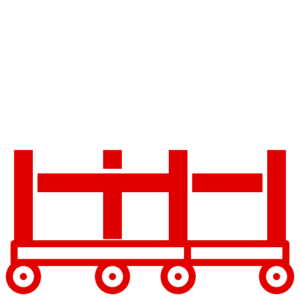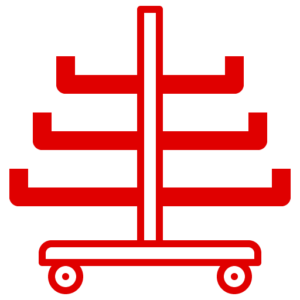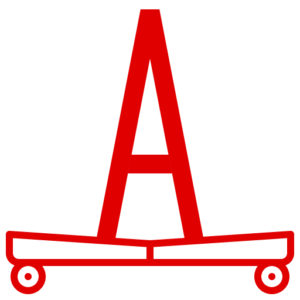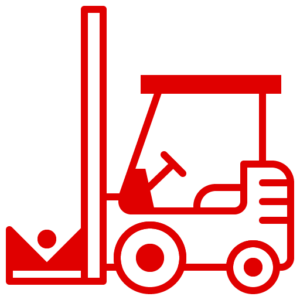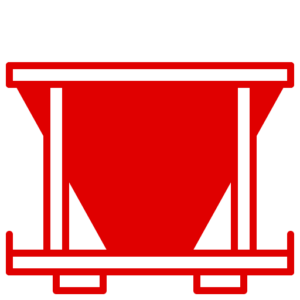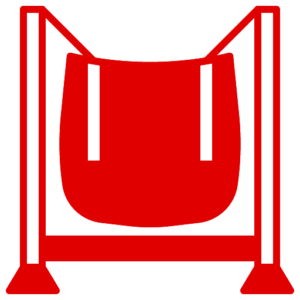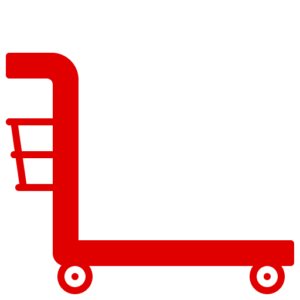View Our Range
Why CE Market Stillages and Cages?
By investing in a quality CE manufactured stillage you could save £1000’s in the following ways.
* Suitability of design
* Less damage in transit
* Fewer reject on supply
* Minimisation of transportation requirements
* Improved Productivity/Efficiency
* Lower defects per unit
* Reduced Costs
* Added Value
* Quality Steel Materials
* Built to last
* Longer life cycle
* Conformity to all current legislation
By employing a competent manufacturing partner who is aware of this legislation, we would ensure:
– Equipment is safe, suitable for use, and sufficiently strong
– Equipment is marked correctly and tested
– We advise our customers to provide relevant and clear information and instruction.
– Our customers are advised of their duties in relation to ensuring ongoing safety albeit this is beyond our control and responsibility.
How is this done?
1. Purpose Design & Built. Specially designed and built products with very specific uses in mind which will be set out in each Standard Operating Procedure
2. Weight Calculation. Unit weight Tare Weight (TW) + maximum load we expect based on a full load + a safety margin of additional weight (MLC). In addition to this, the 3rd
Party accredited lift testing contractor adds in an additional margin e.g.30% above the combined weight (TW+MLC) when testing.
3. Testing & Manufacturing.
* Type Test-This is known as a type test with subsequent batch inspections. We manufacture an initial product according to our design and test this using a 3rd party accredited lift testing contractor. This is a one-off type test to prove the design and provide certification for our Technical File.
* Technical File- A technical file is compiled to enable future manufacture of the same item. This includes a design drawing, material Specifications, welding practice and the type-test lift certificate.
* Internal Standard. All units are manufactured to this specification and are visually inspected by the 3rd party lift testing contractor to ensure compliance. A certificate is produced per order/batch.
* To check and maintain the validity of standard, we undertake to redo the lift test periodically e.g. annually.
4. Non-standard products
Lift test these as one-offs and pass on the certification.
5. Marking.
Each unit from the date of manufacture will be marked clearly to show to users the capacity of the equipment.
6. Documentation.
Lowe will provide Declaration of Conformity and Traceability
Puwer
PUWER requires that equipment provided for use at work is:
- suitable for the intended use
- safe for use, maintained in a safe condition and inspected to ensure it is correctly installed and does not subsequently deteriorate
- used only by people who have received adequate information, instruction and training
- accompanied by suitable health and safety measures, such as protective devices and controls. These will normally include emergency stop devices, adequate means of isolation from sources of energy, clearly visible markings and warning devices
- used in accordance with specific requirements, for mobile work equipment and power presses
Some work equipment is subject to other health and safety legislation in addition to PUWER. For example, lifting equipment must also meet the requirements of LOLER, pressure equipment must meet the Pressure Systems Safety Regulations and personal protective equipment must meet the PPE Regulations .
Lowe are CE Accredited
Lowe are one of the very few stillage manufactures within Europe that have been accredited with CE marking, BS EN ISO 8611-3:2012, BS EN ISO 445:2013 and ISO 9001 2015.
By investing in a quality CE manufactured stillage you could save £1000’s in the following ways.
* Less damage in transit
* Fewer reject on supply
* Minimisation of transportation requirements
* Improved Productivity/Efficiency
* Lower defects per unit
* Reduced Costs
* Added Value
* Quality Steel Materials
* Built to last
* Longer life cycle
* Conformity to all current legislation
By employing a competent manufacturing partner who is aware of this legislation, we would ensure:
– Equipment is safe, suitable for use, and sufficiently strong
– Equipment is marked correctly and tested
– We advise our customers to provide relevant and clear information and instruction.
– Our customers are advised of their duties in relation to ensuring ongoing safety albeit this is beyond our control and responsibility.
How is this done?
1. Purpose Design & Built. Specially designed and built products with very specific uses in mind which will be set out in each Standard Operating Procedure
2. Weight Calculation. Unit weight Tare Weight (TW) + maximum load we expect based on a full load + a safety margin of additional weight (MLC). In addition to this, the 3rd
Party accredited lift testing contractor adds in an additional margin e.g.30% above the combined weight (TW+MLC) when testing.
3. Testing & Manufacturing.
* Type Test-This is known as a type test with subsequent batch inspections. We manufacture an initial product according to our design and test this using a 3rd party accredited lift testing contractor. This is a one-off type test to prove the design and provide certification for our Technical File.
* Technical File- A technical file is compiled to enable future manufacture of the same item. This includes a design drawing, material Specifications, welding practice and the type-test lift certificate.
* Internal Standard. All units are manufactured to this specification and are visually inspected by the 3rd party lift testing contractor to ensure compliance. A certificate is produced per order/batch.
* To check and maintain the validity of standard, we undertake to redo the lift test periodically e.g. annually.
4. Non-standard products
Lift test these as one-offs and pass on the certification.
5. Marking.
Each unit from the date of manufacture will be marked clearly to show to users the capacity of the equipment.
6. Documentation.
Lowe will provide Declaration of Conformity and Traceability
Puwer
PUWER requires that equipment provided for use at work is:
- suitable for the intended use
- safe for use, maintained in a safe condition and inspected to ensure it is correctly installed and does not subsequently deteriorate
- used only by people who have received adequate information, instruction and training
- accompanied by suitable health and safety measures, such as protective devices and controls. These will normally include emergency stop devices, adequate means of isolation from sources of energy, clearly visible markings and warning devices
- used in accordance with specific requirements, for mobile work equipment and power presses
Some work equipment is subject to other health and safety legislation in addition to PUWER. For example, lifting equipment must also meet the requirements of LOLER, pressure equipment must meet the Pressure Systems Safety Regulations and personal protective equipment must meet the PPE Regulations .
Lowe are CE Accredited
Lowe are one of the very few stillage manufactures within Europe that have been accredited with CE marking, BS EN ISO 8611-3:2012, BS EN ISO 445:2013 and ISO 9001 2015.

